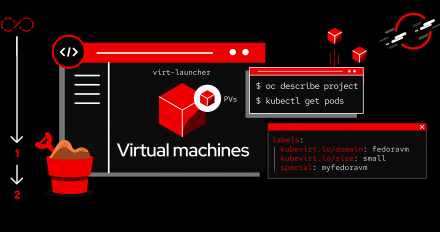
OpenShift Ansible Hooks: Ultimate Weapon for VM Migrations
Many organizations are actively seeking alternatives to legacy virtualization

Many organizations are actively seeking alternatives to legacy virtualization

This learning path guides you through the process of migrating your virtual
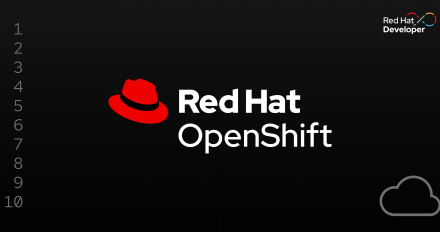
This article will explain how to use AWS to set up a fully functional OpenShift architecture with an OpenShift cluster with OpenShift Virtualization and bare metal nodes.
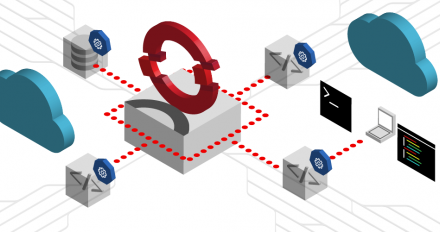
This article presents a means of automatically deploying an open source Cloud-Native Network Function, called Example-CNF, in order to test particular Telco-related configurations and scenarios.

Automatic certificate issuing with Identity Management in Red Hat Enterprise Linux and cert-manager operator for OpenShift using the ACME protocol.

A guide for the new operator COO's practice.


Find Kubernetes and OpenShift articles on performance and scale testing, single-node OpenShift, OpenShift Virtualization for VMware vSphere admins, and more.

Explore the latest features in Network Observability 1.7, an operator for Red Hat OpenShift and Kubernetes that offers insights into your network traffic flows.
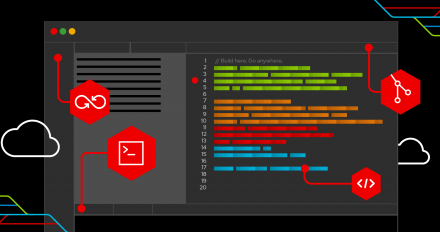
Monitor policy compliance, detect violations, and track detailed network flows with the Network Observability eBPF agent.
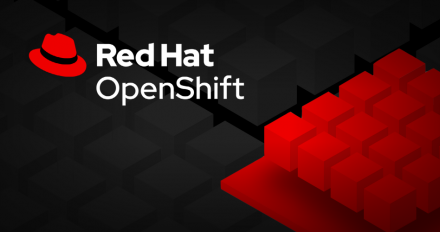
Find out what new features and capabilities have been provided in Red Hat
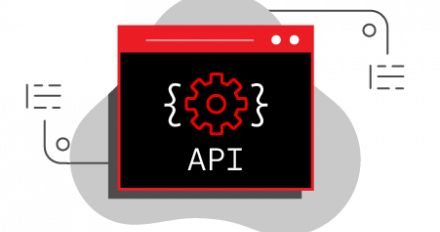
Explore a basic use case that demonstrates how to back up and restore OpenShift workloads using the OpenShift APIs for Data Protection Operator.

What you need to know about running OpenShift 4.17 on VMware Cloud Foundation 5.2.1.

See how to use oc-mirror to install OpenShift in disconnected environments and discover how the latest version simplifies the disconnected mirroring experience.

This article will help storage providers understand what should be considered when providing backing storage, backup and restore functionality, disaster recovery as well as performance and scale for virtual machines.

Learn about incident detection, a new observability troubleshooting feature in Red Hat OpenShift that simplifies identifying and resolving cluster issues.
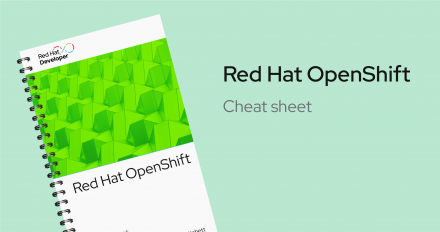
The Red Hat OpenShift cheat sheet presents basic oc commands to help you build, deploy and manage an application with OpenShift. Download the PDF at no cost.
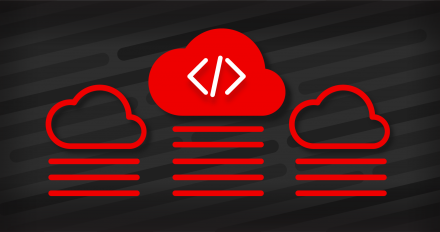
Learn how to back up etcd data for Red Hat OpenShift clusters in hybrid cloud environments, along with best practices to keep in mind.
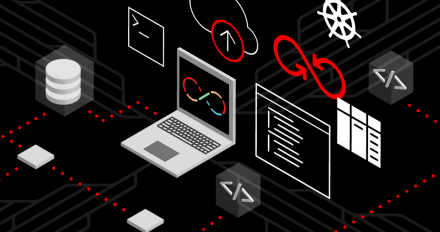
Explore OpenShift Virtualization connectivity options on hosted control planes in AWS and dive into replicating a BGP/EVPN trunk network for routable VM IPs.

The brand new Traces UI plug-in has now been released as a technology preview, as part of the Cluster Observability Operator 0.4.0 version. Read more about the latest enhancements, charts, and the overall improved user navigation.
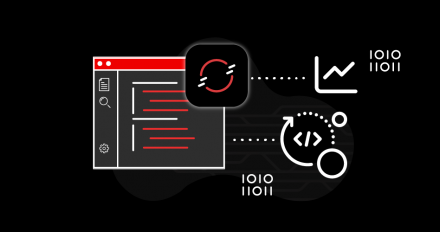
A detailed look at the new functionalities of Observability signal correlation for Red Hat OpenShift in technology preview.

In Network Observability Operator 1.6, users can now disable Loki when fetching network insights for OpenShift clusters. Explore the advantages and trade-offs.

Learn how to forward OpenShift logs to Azure Monitor Logs to streamline your monitoring and troubleshooting process and boost performance.
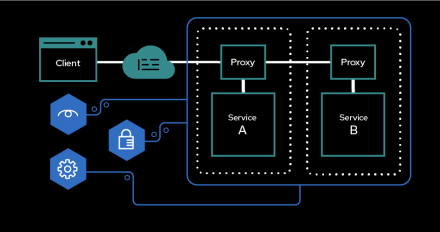
Learn how to implement the Kubernetes Gateway API 1.0 feature on Red Hat OpenShift, then use it to configure traffic into an application running on OpenShift clusters.

Red Hat build of OpenTelemetry and OpenShift distributed tracing now include support for certificate rotation, OpenTelemetry collector dashboards, and more.